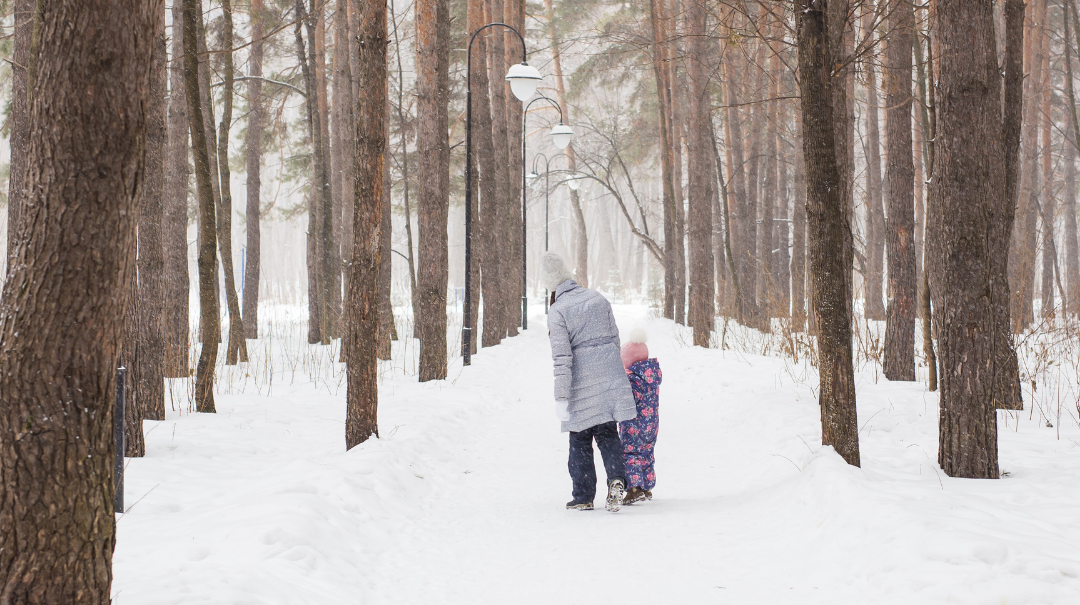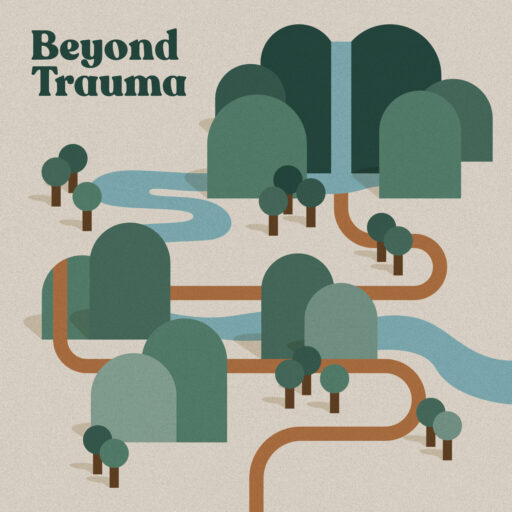Attachment and the nervous system (repost)

American Culture’s View of Attachment
- Attachment = Romantic Relationship
- Sometimes, it feels like a sign of neediness or dependency
- Being attached is often viewed negatively in our culture.
- Yet, everyone craves feelings of attachment.
- So, when we feel that craving, we often look at it as something to be fixed.
- As if needing attachment is something we’re supposed to grow out of.
- Importantly, attachment is more than liking someone, current experiences, reliance or love.
The Beginnings of Attachment
“Attachment is the strategies the human nervous sytem had to develop in order to make sure that we as tiny little helpless babies still get our needs met, because we can’t do it ourselves.” (10:24)
- Importantly, attachment begins at the very beginning of life.
- As infants and young children, we need someone to meet our needs.
- In other words, we need an attachment figure for our survival.
- The Plight of the Human Pelvis (7:48).
- Additionally, this attachment relationship needs to be consistent and stable.
- Importantly, it’s not simply the fact of being taken care of, but also how one was taken care of.
- Attachment is not about love, it’s about safety.
- Evoultionarily, we used to be completely dependent on each other.
Attachment & The Nervous System
- First, the infant needs to be certain enough that the primary caregiver will meet their needs.
- Nervous system gives us the energy we need to secure these relationships.
- Through the sympathetic nervous system, mobile energy is provided.
- We learn what behaviors our primary caregiver responses to most efficiently.
- Our nervous system records our implicit memories, all for the benefit for our survival.
- Our bodies use templates that were created in early development.
- Lastly, experience shapes the way we process information- a sneak peek into next episode!
Patterns
Practical Steps
- If we are self-aware of our patterns, whenever we are having an interpersonal reaction, we can begin to choose our reaction by becoming aware.
- Instead of using our adaptive strategy, we could simply and calmly ask for what we need.
- When we know our patterns, we can learn to try something new and help the quality of our relationship.
- It’s not about thinking and understanding our attachment, but the gradual reshaping work.
Four S’s of Attachment
- Safe: feeling of protection from harm or threat
- Soothe: walking with others through their emotions without judgment or fear- coregulation
- Seen: the internalize belief that others can see and understand my feelings without having to convey
- Secure: when the first three are met and reliable, security can be achieved
Resource Links
- Visit our website for all things BHC
- Give your support and gain access to exclusive content through Patreon
- Contact us about retreats and therapy
- Contact us about training and consultation
Need more content?
- First, listen to our past episodes of BT here
- Then, check out more Beyond Healing podcasts
- Evidence Based Therapist – where we read so you don’t have to!
- Notice That – An EMDR podcast
- Burnt Out Educator (coming soon!)




No Comments